 He was born on 26 May 1878 at Epsom in Surrey,
He was born on 26 May 1878 at Epsom in Surrey,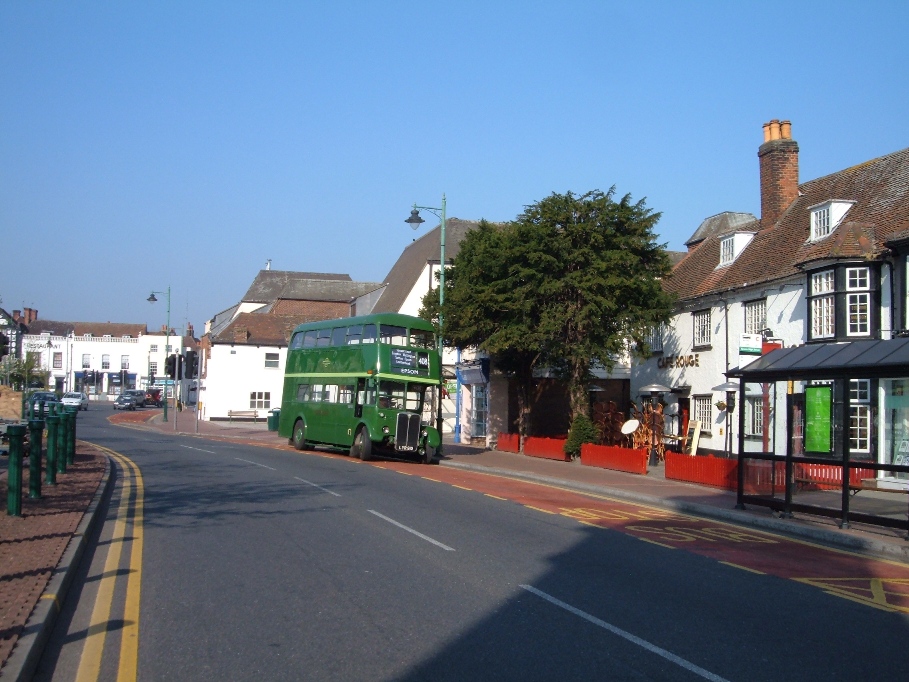 the youngest of the four children of the Wimbledon tennis champion,
the youngest of the four children of the Wimbledon tennis champion, Spencer Gore and his wife Amy Margaret (nee
Spencer Gore and his wife Amy Margaret (nee  Smith). His father's brother was the theologian Charles Gore. His father was a partner in Smith, Gore & Co. (now Smiths Gore), who were land agents to the Ecclesiastical
Smith). His father's brother was the theologian Charles Gore. His father was a partner in Smith, Gore & Co. (now Smiths Gore), who were land agents to the Ecclesiastical Commissioners in Yorkshire; he was also winner of the first Lawn Tennis Championship at Wimbledon in 1877. Gore’s childhood was spent in Holywell, Kent. He attended Harrow School from 1892 to 1896 where he discovered his love of art, winning the first Yates
Commissioners in Yorkshire; he was also winner of the first Lawn Tennis Championship at Wimbledon in 1877. Gore’s childhood was spent in Holywell, Kent. He attended Harrow School from 1892 to 1896 where he discovered his love of art, winning the first Yates Thompson Prize for drawing. He also inherited his father’s sporting abilities, excelling in cricket while at school. His father sent him to board at Harrow School
Thompson Prize for drawing. He also inherited his father’s sporting abilities, excelling in cricket while at school. His father sent him to board at Harrow School in London. He went on to study painting in London at the Slade School of Fine Art, where he was a contemporary of
in London. He went on to study painting in London at the Slade School of Fine Art, where he was a contemporary of  Harold Gilman. Gore was taught by Frederick Brown, Philip Wilson Steer and Henry Tonks. Although not much of Gore’s early work survives, some landscapes, such as The Cricket Match c.1908 (The Hepworth Wakefield),
Harold Gilman. Gore was taught by Frederick Brown, Philip Wilson Steer and Henry Tonks. Although not much of Gore’s early work survives, some landscapes, such as The Cricket Match c.1908 (The Hepworth Wakefield),
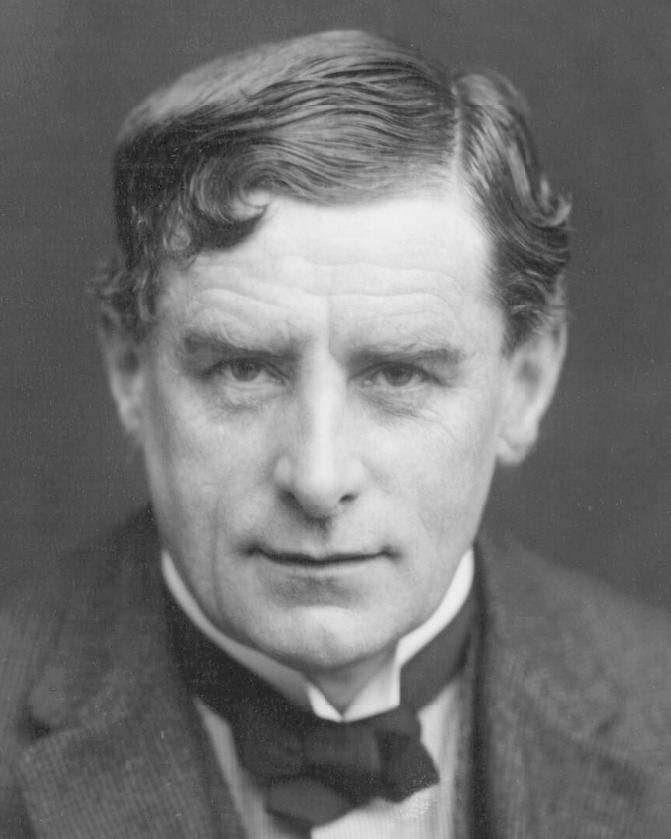
In 1904 Albert Rutherston introduced him to Walter Sickert above at Dieppe; and afterwards he associated in Fitzroy
 Street, London, with Sickert, Lucien Pissarro, Harold Gilman and Charles Ginner. In 1909 he became a member of the New
Street, London, with Sickert, Lucien Pissarro, Harold Gilman and Charles Ginner. In 1909 he became a member of the New 
In this watercolour brisk pencil lines and washes of transparent colour build up layers of movement, dissipating into the dark background of the theatre stage.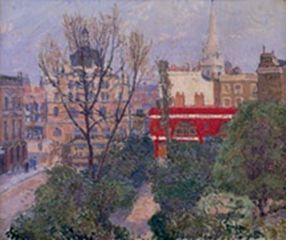 Warm yellow and red hues and the white costumes of dancers in the foreground give shape to the picture’s long perspective. Gore was a ballet enthusiast, and saw Diaghilev’s Ballets Russes perform in London in 1911.
Warm yellow and red hues and the white costumes of dancers in the foreground give shape to the picture’s long perspective. Gore was a ballet enthusiast, and saw Diaghilev’s Ballets Russes perform in London in 1911.

 Warm yellow and red hues and the white costumes of dancers in the foreground give shape to the picture’s long perspective. Gore was a ballet enthusiast, and saw Diaghilev’s Ballets Russes perform in London in 1911.
Warm yellow and red hues and the white costumes of dancers in the foreground give shape to the picture’s long perspective. Gore was a ballet enthusiast, and saw Diaghilev’s Ballets Russes perform in London in 1911.
Visits to London’s music halls provided subject and inspiration for many of Gore’s paintings. He frequently haunted the Alhambra Theatre of Varieties in Leicester Square, the setting of this picture.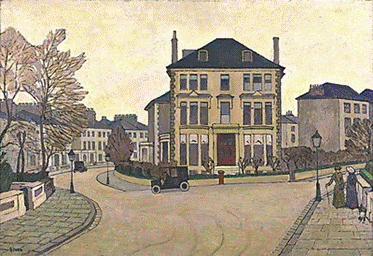 Here Inez and Taki, possibly a Spanish double act,
Here Inez and Taki, possibly a Spanish double act,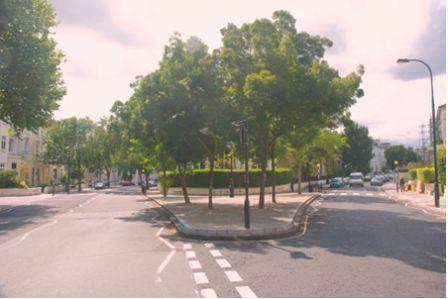 play nineteenth-century lyre guitars at stage right.
play nineteenth-century lyre guitars at stage right.
 Here Inez and Taki, possibly a Spanish double act,
Here Inez and Taki, possibly a Spanish double act, play nineteenth-century lyre guitars at stage right.
play nineteenth-century lyre guitars at stage right.

,
.
In 1911–12 Gore lived at 31 Mornington Crescent in north London, a few doors down from Walter Sickert. He made a number of paintings of the area,
Walter Sickert. He made a number of paintings of the area,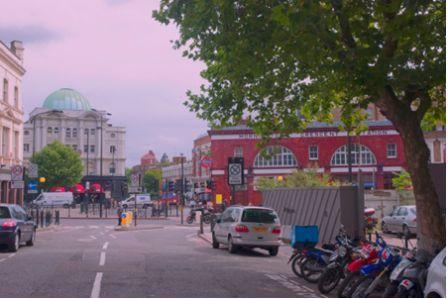 including this work, which might have been completed in the gardens, now built over. The bare tree and spectral colouring suggest that the time of year was early spring or late autumn.
including this work, which might have been completed in the gardens, now built over. The bare tree and spectral colouring suggest that the time of year was early spring or late autumn.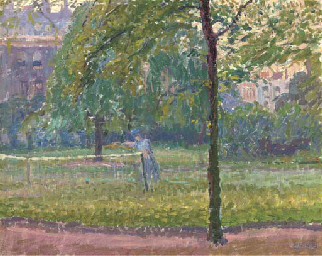
 Walter Sickert. He made a number of paintings of the area,
Walter Sickert. He made a number of paintings of the area, including this work, which might have been completed in the gardens, now built over. The bare tree and spectral colouring suggest that the time of year was early spring or late autumn.
including this work, which might have been completed in the gardens, now built over. The bare tree and spectral colouring suggest that the time of year was early spring or late autumn.
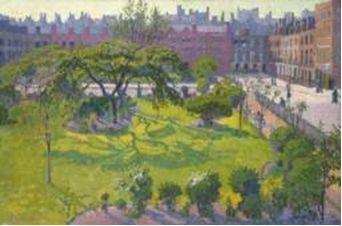 Others in Brighton in 1913, which marked Joseph Waller Clarence Gardens, 25 August 2009
Others in Brighton in 1913, which marked Joseph Waller Clarence Gardens, 25 August 2009 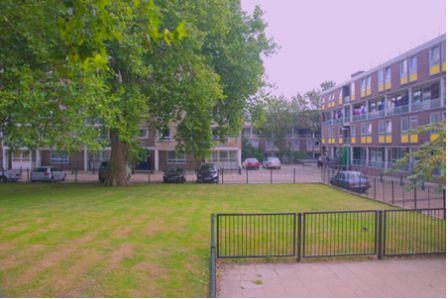 the division between post-impressionism and what was to become vorticism.
the division between post-impressionism and what was to become vorticism.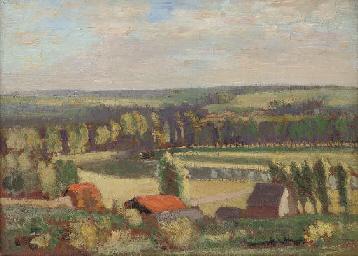 As Sickert wrote of his friend, ‘He took incessant risks, but he had social and artistic tact to a rare degree’; his short career –
As Sickert wrote of his friend, ‘He took incessant risks, but he had social and artistic tact to a rare degree’; his short career – 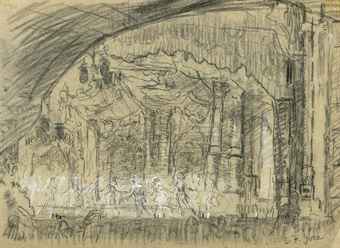 he was only thirty-six when he died of pneumonia – was still an ‘astonishing’ one. Gore went to Letchworth in August and November 1912, staying in Harold Gilman's recently
he was only thirty-six when he died of pneumonia – was still an ‘astonishing’ one. Gore went to Letchworth in August and November 1912, staying in Harold Gilman's recently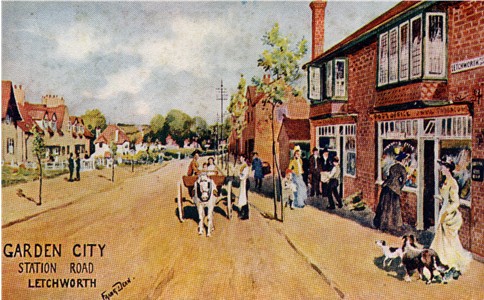 -built house, 100, Wilbury Road.
-built house, 100, Wilbury Road.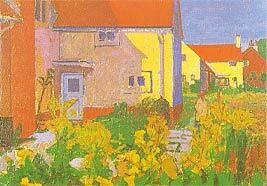 He painted a series of paintings of the new town which, with their intensely bright colours, and stylised forms are now
He painted a series of paintings of the new town which, with their intensely bright colours, and stylised forms are now  seen as the most radical works of his career. and in 1910 contributed an article to The Art News on 'The Third London Salon of the Allied Artists Association'.
seen as the most radical works of his career. and in 1910 contributed an article to The Art News on 'The Third London Salon of the Allied Artists Association'.
In 1911 he was a co-founder and first president of the Camden Town Group.
In January 1912 he married Mary Joanna ("Molly") Kerr,
 with whom he had two children - Margaret Elizabeth (1912-1994) and Frederick John Pym (1913-2009); the latter would become well known as the
with whom he had two children - Margaret Elizabeth (1912-1994) and Frederick John Pym (1913-2009); the latter would become well known as the 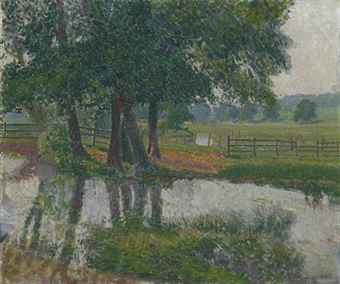
painter Frederick Gore. His widow died at Meopham, Kent in 1968

In 1913 he became a member of the London Group.
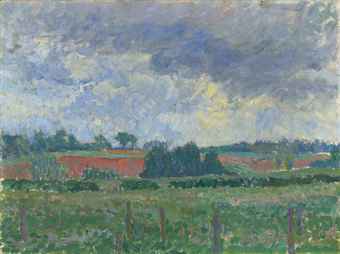
His later works show growing concern with pictorial construction, under the influence of the Post-Impressionists. He
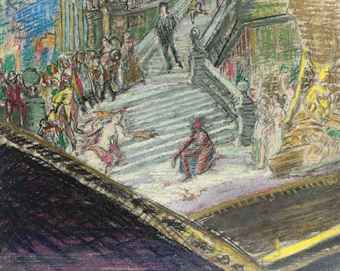
experimented with colour in his works, as may be seen in his painting "Hartington Square".
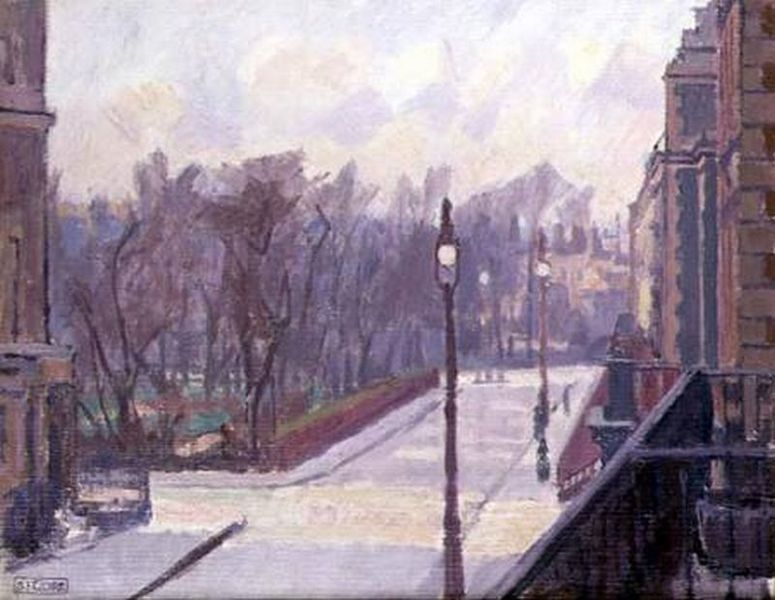
He died of pneumonia at Richmond,
 Surrey, on 27 March 191This painting shows the view from a top-floor window at the rear of 6 Cambrian Road, Richmond,
Surrey, on 27 March 191This painting shows the view from a top-floor window at the rear of 6 Cambrian Road, Richmond,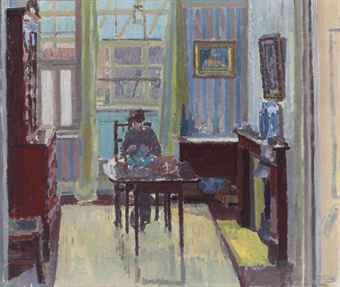 where the Gore family relocated in 1913. The visible transfer grid underneath the thin paint reveals Gore’s process of
where the Gore family relocated in 1913. The visible transfer grid underneath the thin paint reveals Gore’s process of 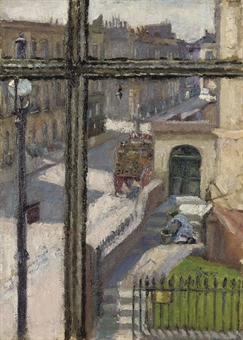 above hampstead
above hampsteadpainting from squared-up studies. Colour is loosely applied without gradation to create stylised forms within a flattened
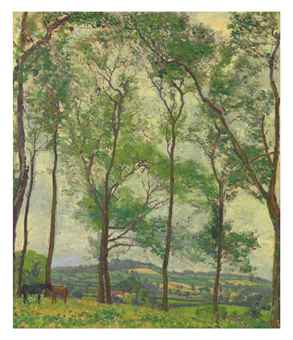 pictorial space. Chosen to illustrate his obituary in the vorticist periodical Blast, this may be the last picture Gore worked on before his early death from pneumonia4, aged thirty-six.
pictorial space. Chosen to illustrate his obituary in the vorticist periodical Blast, this may be the last picture Gore worked on before his early death from pneumonia4, aged thirty-six. A small corner of the balcony is visible in the lower left-hand corner of this painting, which looks towards Ampthill Square from Spencer Gore’s flat in Houghton Place.
A small corner of the balcony is visible in the lower left-hand corner of this painting, which looks towards Ampthill Square from Spencer Gore’s flat in Houghton Place. Streets intersecting at an angle frame the square’s gardens. The high perspective here resonates with Gore’s viewpoints in his music-hall pictures, such as Inez and Taki
Streets intersecting at an angle frame the square’s gardens. The high perspective here resonates with Gore’s viewpoints in his music-hall pictures, such as Inez and Taki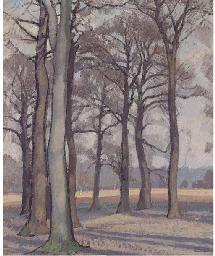
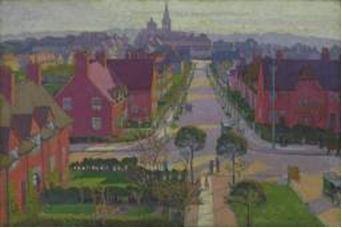
 hampstead garden suburb
hampstead garden suburb
No comments:
Post a Comment